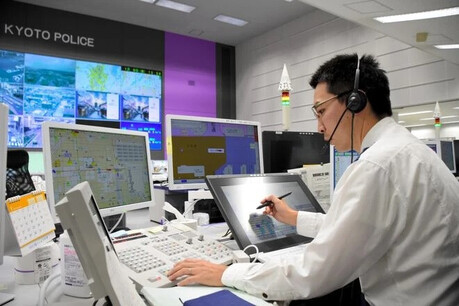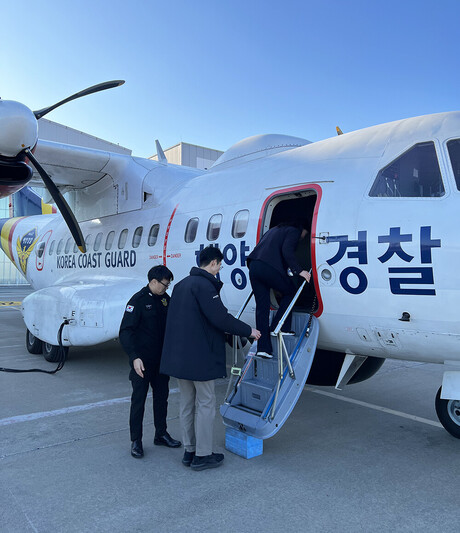
A recent plane crash at Muan International Airport in South Korea, attributed to a bird strike, has highlighted significant gaps in the country's aviation safety measures. 1 The incident has sparked concerns about the adequacy of bird strike prevention systems at airports nationwide.
An investigation by lawmaker Park Yong-gap revealed that out of 15 airports in South Korea, none are equipped with bird detection radar. Furthermore, only three airports—Gimpo, Gimhae, and Jeju—have thermal imaging cameras to detect birds. This stands in stark contrast to countries like Japan, the Netherlands, and Singapore, which have invested in advanced bird strike prevention systems, including radar and surveillance cameras.
To mitigate bird strikes, South Korean airports currently rely on a combination of methods such as hiring specialized contractors, managing bird habitats, and using devices like cannons and sonic repellents. However, experts warn that these measures are insufficient to prevent all bird strikes, especially during peak migration seasons when millions of birds pass through the region.
The unpredictability of bird migration patterns poses a significant challenge. While airports make efforts to deter birds from their vicinity, the sheer number of migratory birds and their changing flight paths make it difficult to completely eliminate the risk of collisions.
Environmentalists have cautioned against building airports in areas with high bird populations, arguing that the focus should be on developing effective mitigation strategies. They emphasize the importance of a comprehensive approach that combines technological advancements, habitat management, and human intervention.
The incident at Muan Airport has underscored the urgent need for South Korea to invest in more advanced bird strike prevention systems. As the country's aviation industry continues to grow, ensuring the safety of passengers and aircraft must remain a top priority.
[Copyright (c) Global Economic Times. All Rights Reserved.]





























